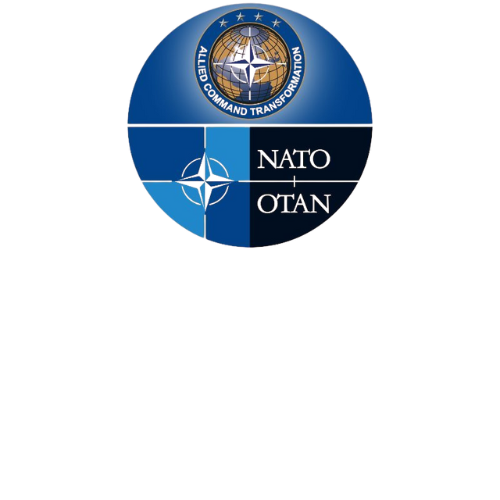
Marduk at DiBaX 2025 – Strengthening NATO’s Digital Backbone with Passive Optical CUAS
2 min readMarduk took part in NATO’s DiBaX 2025 in Latvia, showcasing our passive optical C-UAS technology.
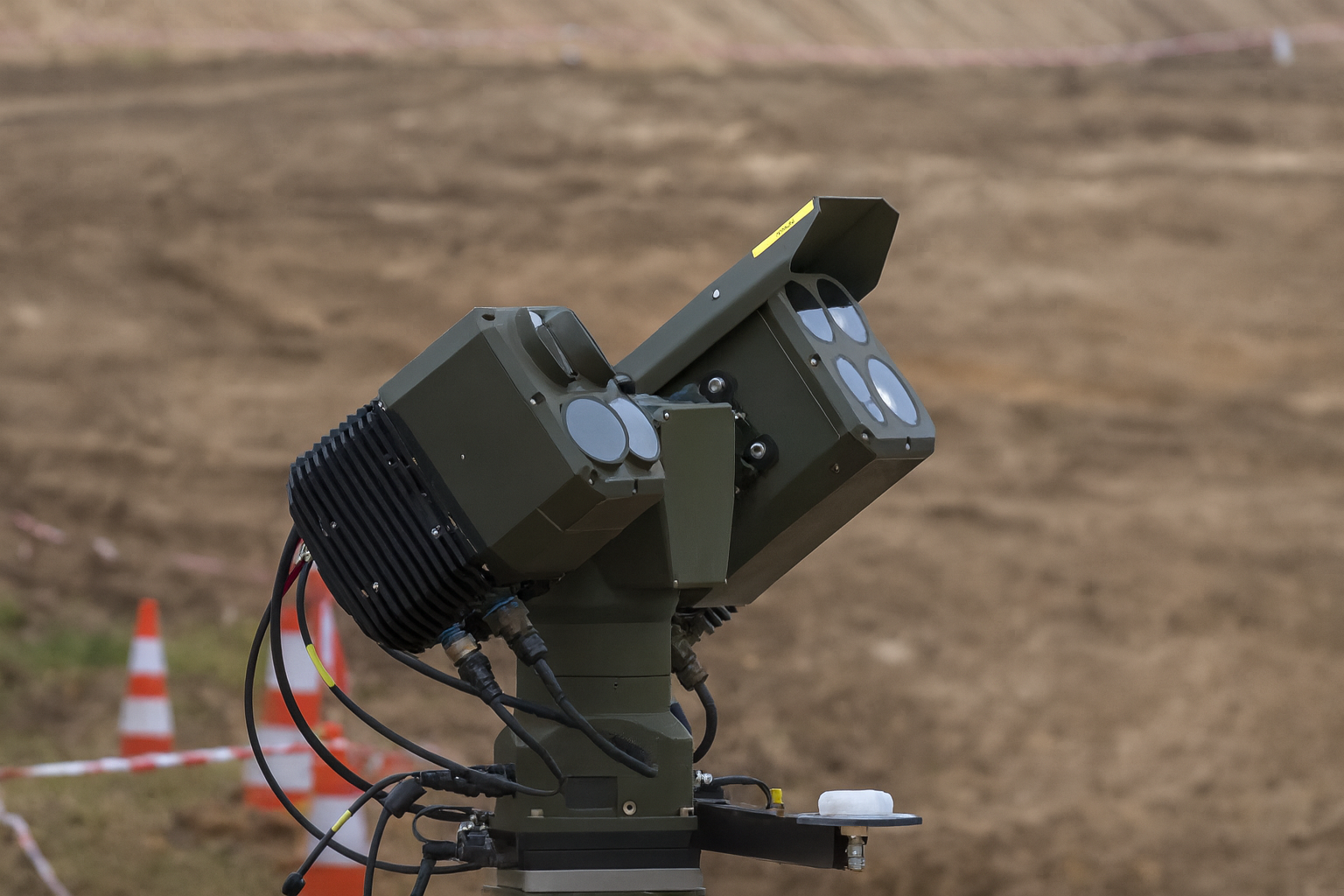
In early November, our team participated in NATO Allied Command Transformation’s DiBaX 2025 in Latvia - a key event bringing together NATO, industry, and innovators to test emerging defence technologies in realistic conditions.
Marduk contributed with our passive optical counter-UAS (CUAS) solutions, supporting the exercise’s goal of evaluating multi-layered defence architectures within NATO’s growing Digital Backbone framework.
What is DiBaX 2025?
DiBaX (Digital Backbone Experiment) is NATO’s flagship technology exercise, focused on strengthening digital connectivity and interoperability across domains - land, air, maritime, cyber, and space.
This year’s edition emphasised uncrewed systems and counter-UAS capabilities, allowing technologies to be assessed in realistic, coalition-level environments.
Marduk’s Contribution
Our passive optical CUAS system was tested as part of a multi-sensor, multi-layer defence network.
Participating in DiBaX 2025 allowed us to validate real-world integration, interoperability, and performance under demanding field conditions - exactly the kind of environment where emerging defence technologies must prove themselves.
At Marduk Technologies, we are happy to have contributed to this effort and remain committed to advancing technologies that strengthen NATO’s Digital Backbone and enhance allied operational readiness.
A big thank-you to NATO ACT, Latvia’s Ministry of Defence, LMT Innovations, and all partners for the collaboration!
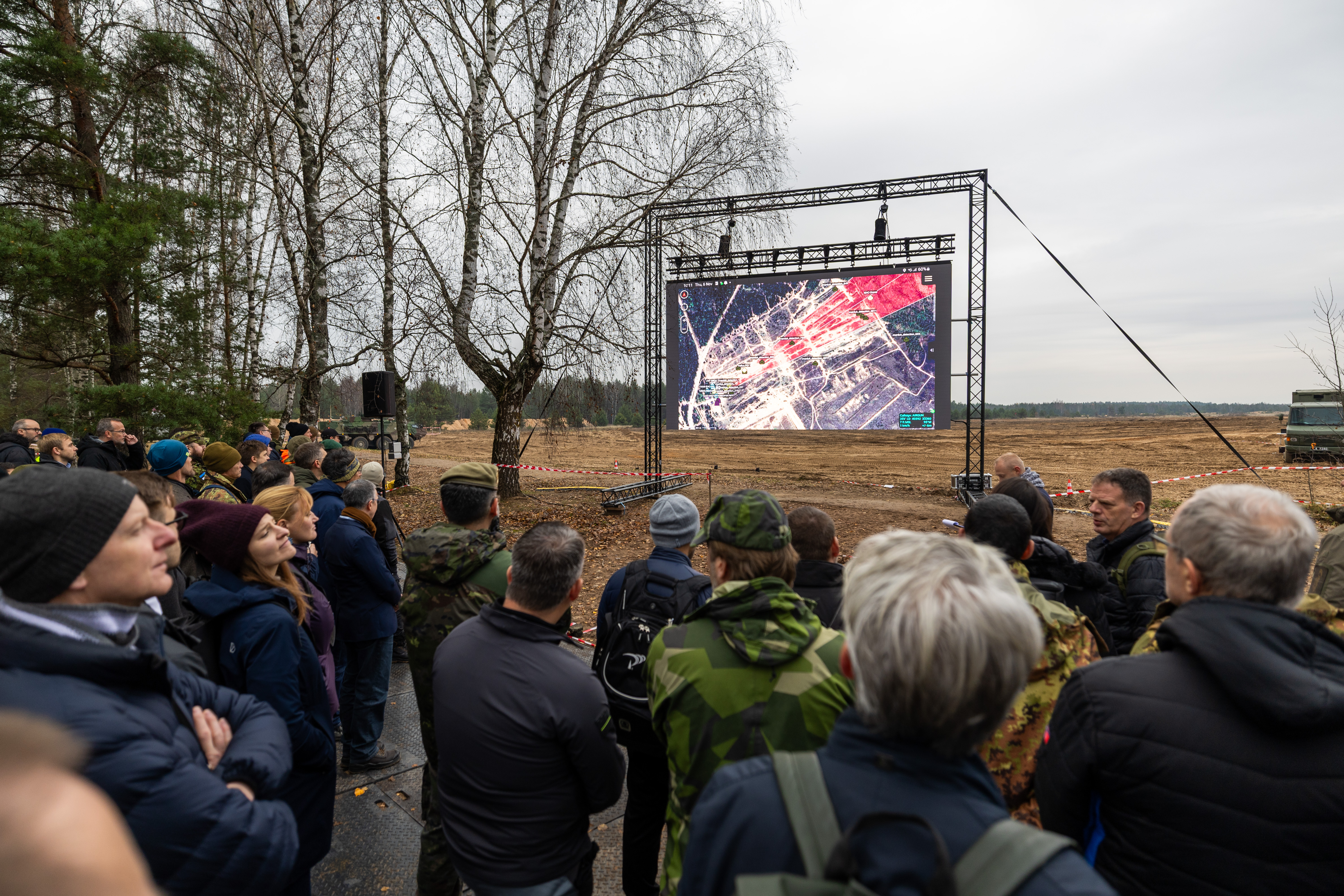
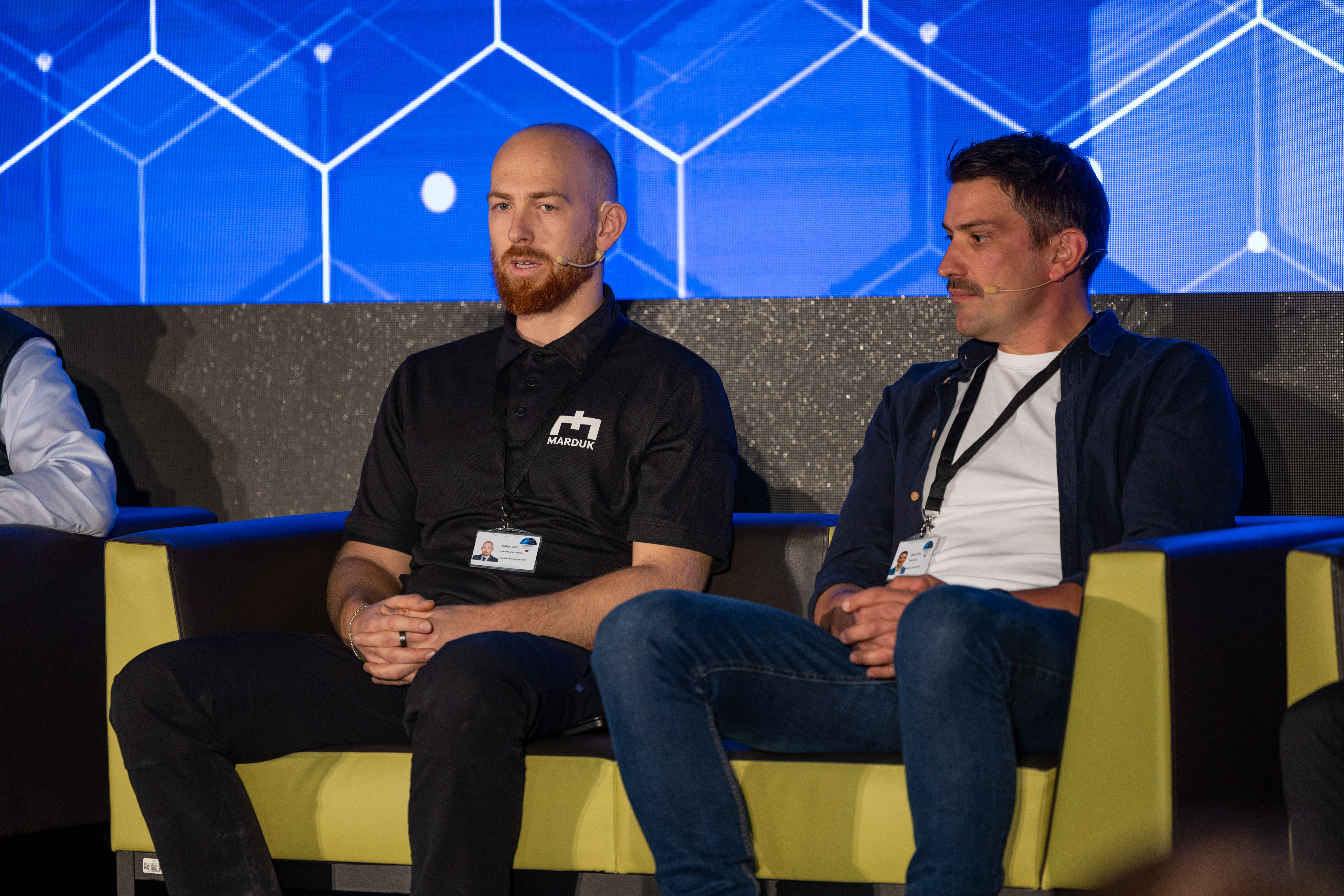


Marduk took part in NATO’s DiBaX 2025 in Latvia, showcasing our passive optical C-UAS technology.

Marduk Technologies signs MoU with Hanwha Aerospace at ADEX 2025 to advance C-UAS technologies and explore joint defence R&D opportunities.
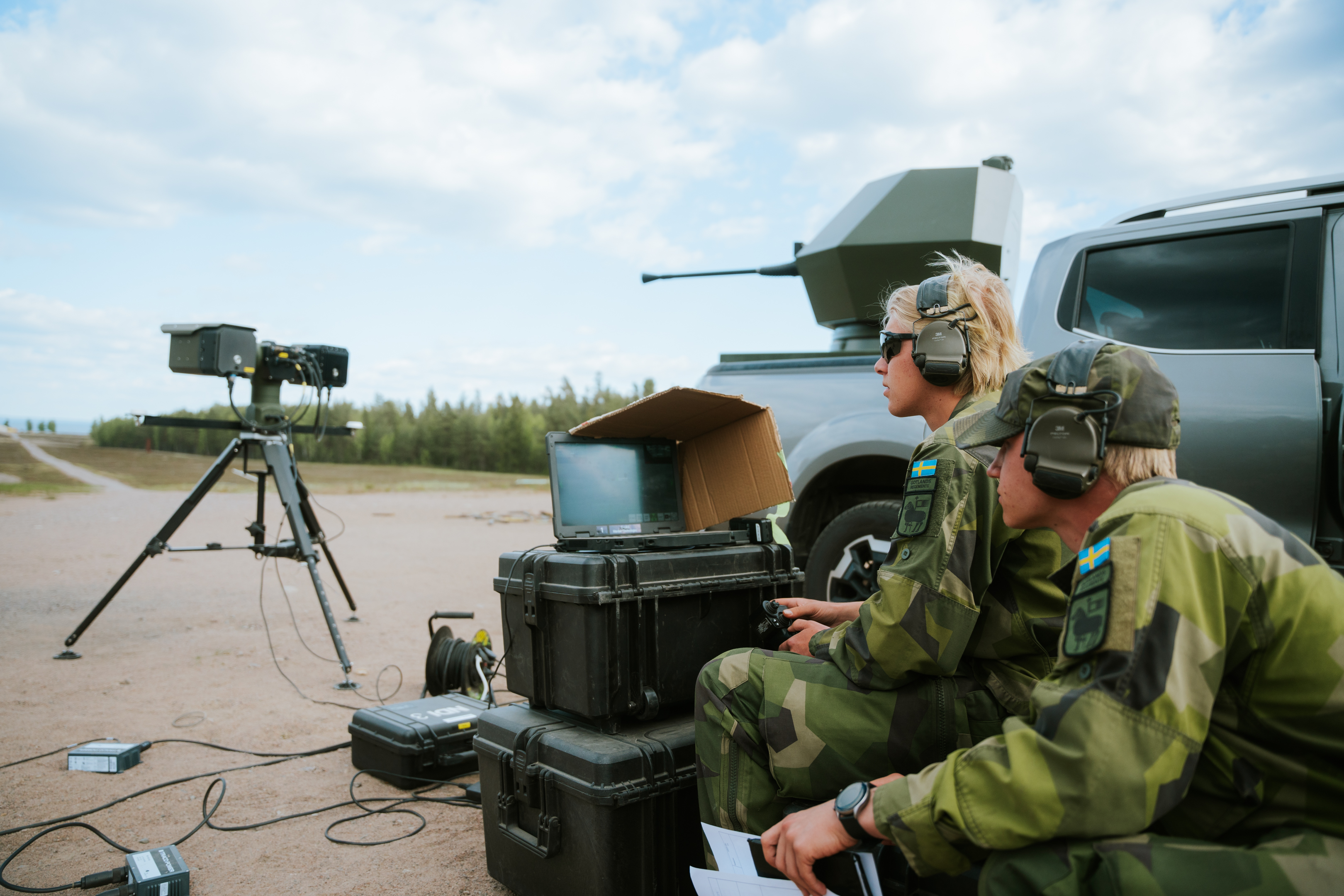
Marduk Technologies recently showcased its SHARK system at Sweden’s GUTE C-UAS trials on Gotland, demonstrating advanced passive drone detection and targeting in real-world conditions.